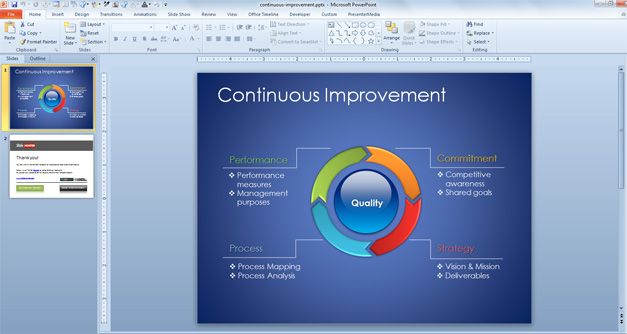

In the Defined level, you’ll likely see a qualitative approach for managing IT service processes: The lack of coordination and support also leads to human errors, irregularities, and inefficiencies during the implementation process. Providing informal training ensures individuals are responsible for following a regular pattern to execute the activities. Though activities are pre-defined, successful implementation depends on the individuals involved. You determine the stakeholders and project objectives beforehand, with the goal of obtaining high customer satisfaction. You’ve adopted an intuitive project-based approach to effectively provide services for specific ITIL processes and functions. Successful execution of these activities may depend on the skillset and expertise of individuals who take the initiative, not on any overarching support or structure. The processes and functions involved are not vital to the core business. Resource allocation is performed on a case-by-case basis and activities don’t follow pre-defined best practices. The first maturity level finds that the processes and functions are disorganized, suggesting potential issues that must be identified and addressed to improve ITSM capability. The maturity level of each process and function is then determined according to the following five levels. In ITIL maturity model assessment consists of a questionnaire about the demographics, attributes, inputs, interfaces, and outputs related to ITIL processes and functions. IT functions, then, are defined as the teams, tools, and resources used to perform activities within those processes. Examples of Processes include change management and problem management. According to ITIL, Process is any structured set of activities designed to accomplish certain tasks. ITIL service lifecycle documents guidelines for various ITSM processes and functions.

In this article, we’ll review the maturity model per ITIL as it’s the most widely-adopted best-practices framework, then explore best practices for maturing modeling.

These levels are sequential and range from lowest IT capability to high maturity in leveraging appropriate IT functions. The characteristics of the organization are identified at multiple maturity levels based on specific criteria. Other factors that determine a company’s positioning relative to ITSM capabilities and quality of IT services delivered to end users.While each maturity model works differently, a common design methodology is shared. These support the goal of continuous improvement. ITSM frameworks incorporate a range of maturity models. Use the right-hand menu to navigate.) ITSM maturity models (This article is part of our ITIL 4 Guide.


 0 kommentar(er)
0 kommentar(er)
